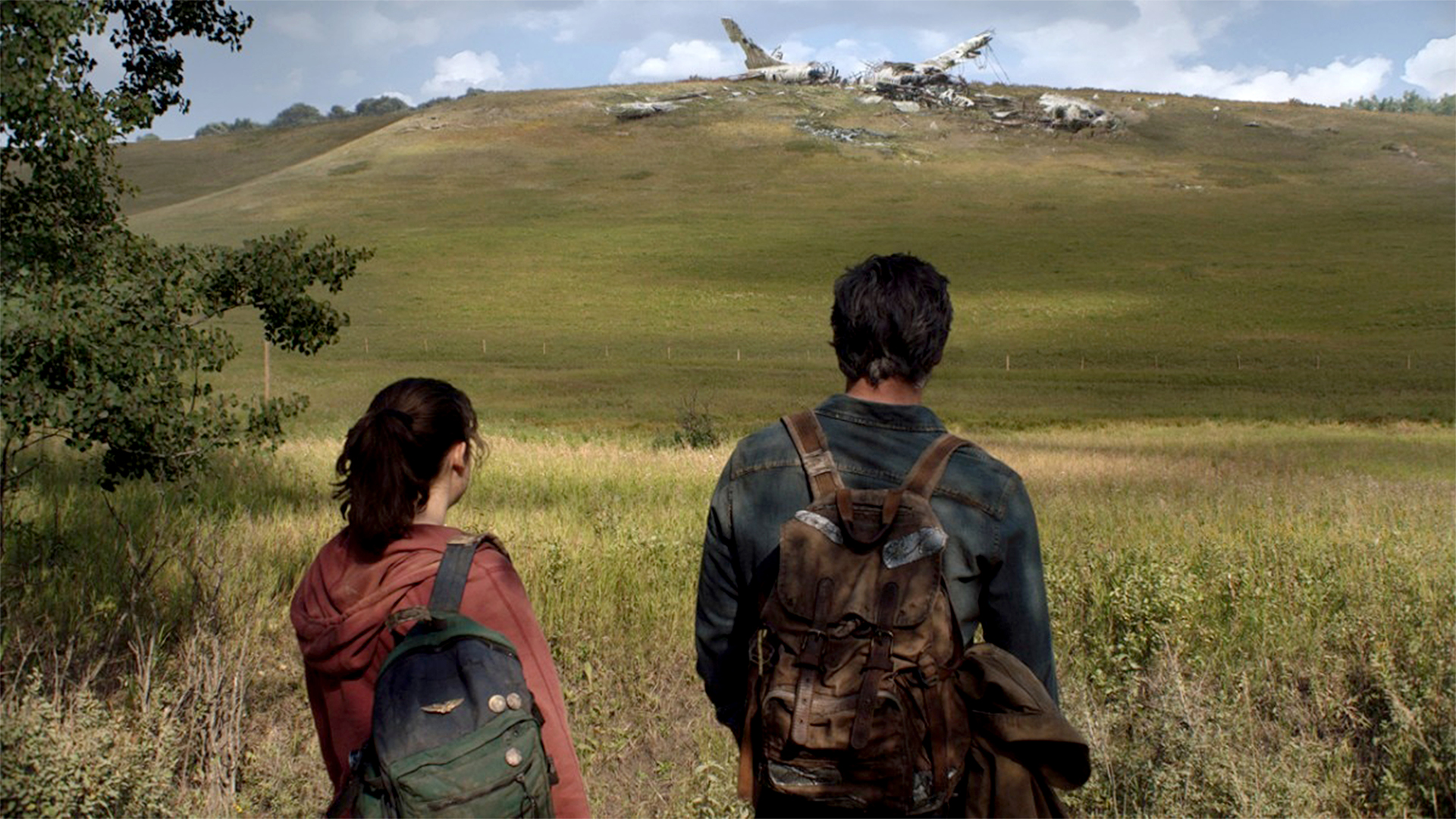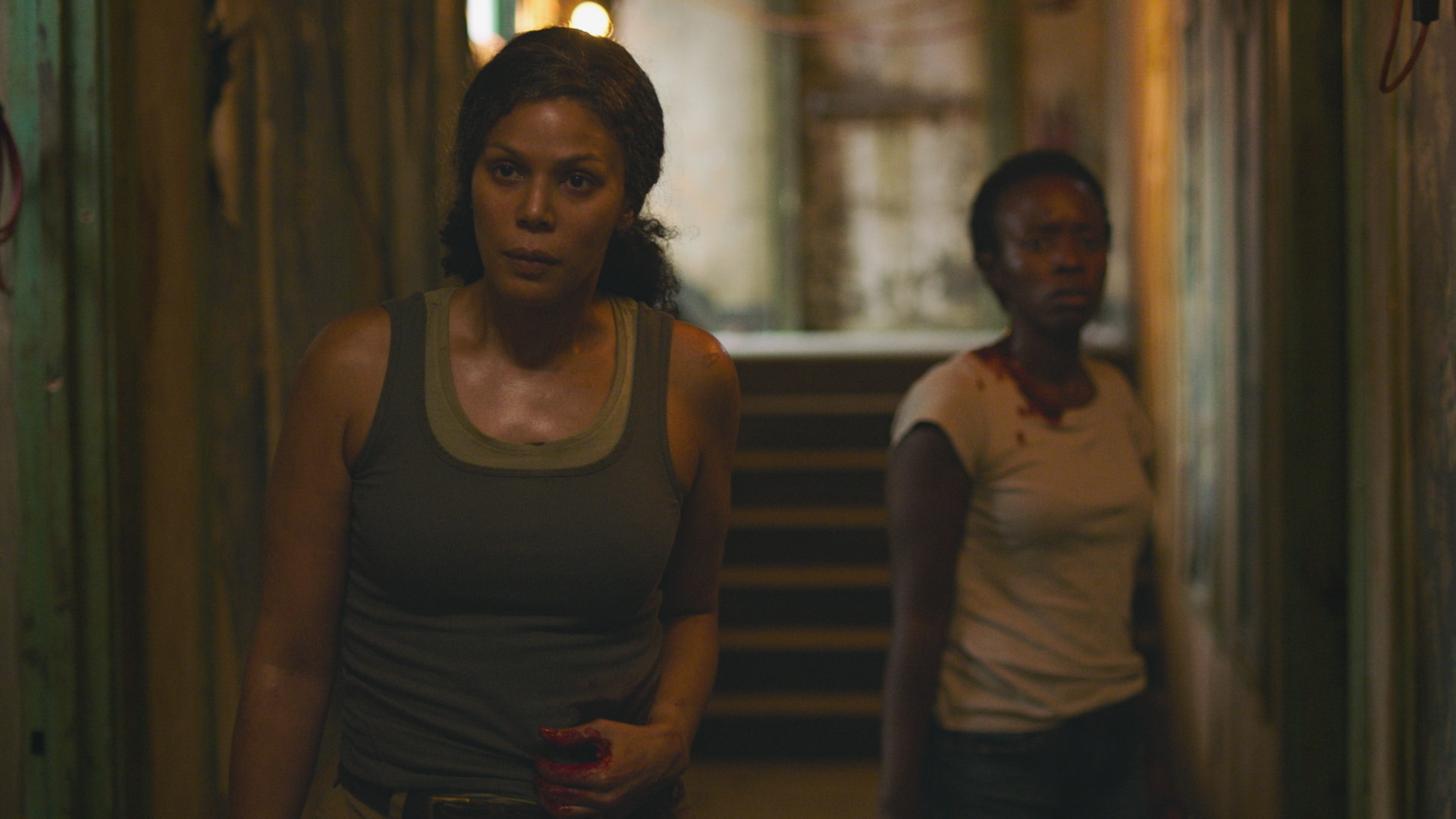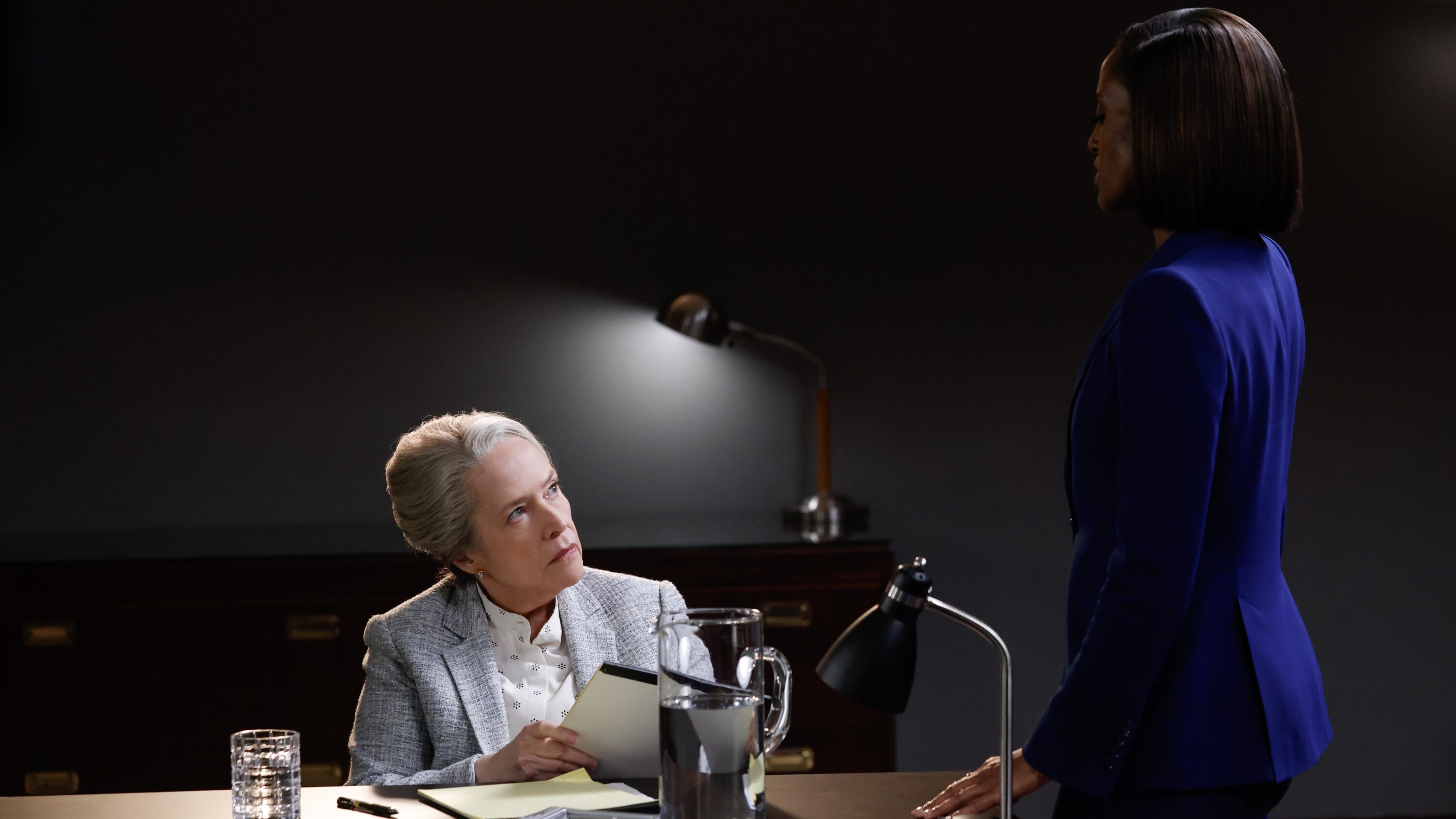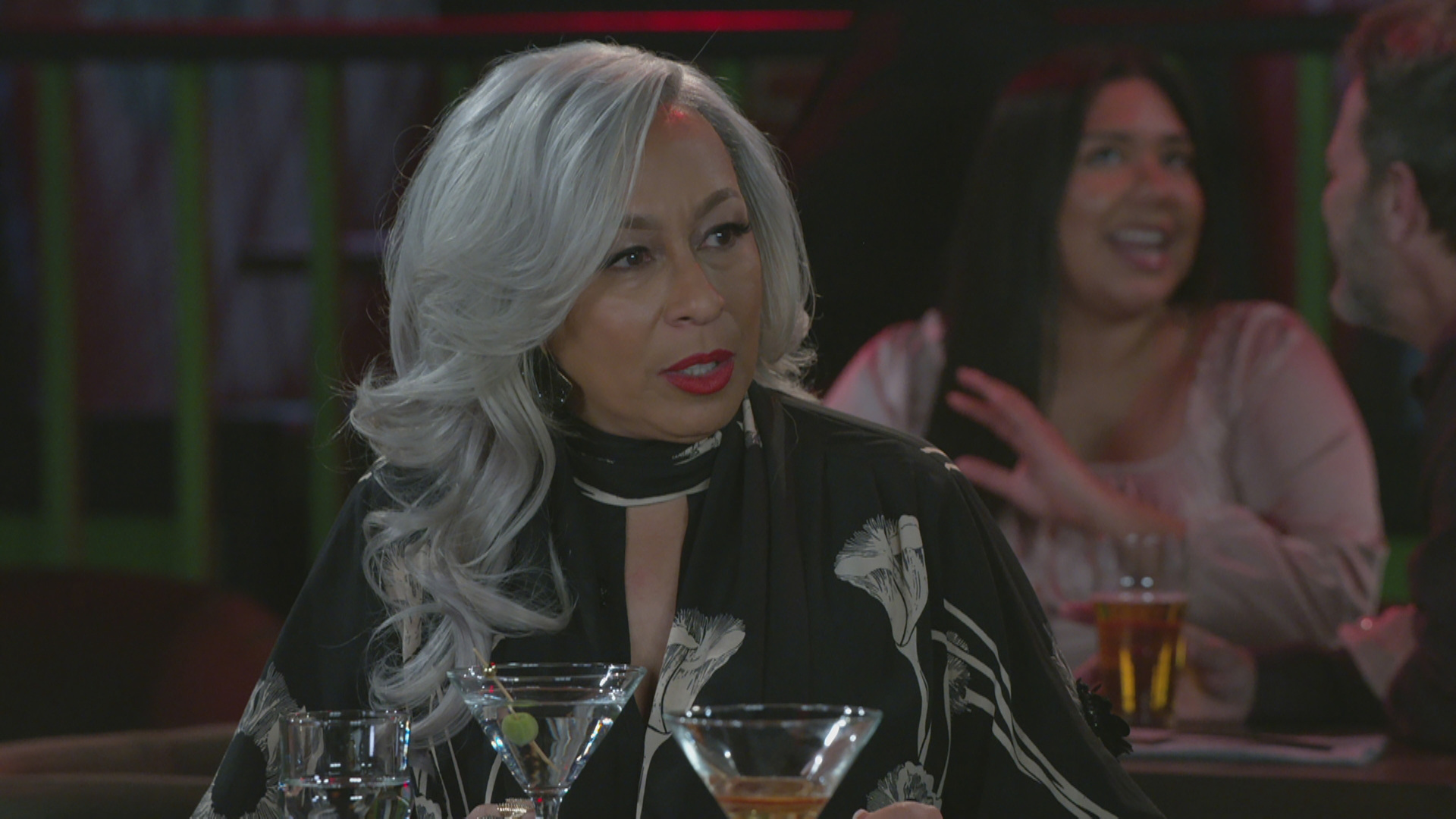The Last of Us clickers explained: how the zombies work and their real-life inspiration
They may be dead, but they're still a fungi to hang out with

The new HBO Max TV show The Last of Us may be based on a popular 2013 video game, but what you might not know is that the program is also partly based on real-world inspiration.
The Last of Us takes place in a post-apocalyptic world, 20 years after a zombie-like apocalypse situation that resulted in survivors living in remote communities.
Note us calling it 'zombie-like' and not 'zombie', and that's because the game and show present a very different approach than your standard shambling undead show.
In fact, The Last of Us has a real-life inspiration for its monsters, as well as rigid rules and 'types' of zombies. If you've watched the show and want to understand more about the creatures or want to prepare yourself before you go in, here's what you need to know about The Last of Us and its 'clickers'.
As a reminder, The Last of Us is streaming on HBO Max in the US and Sky Atlantic and NOW in the UK.
What makes zombies in The Last of Us?
Zombies in The Last of Us are created by a thing known as cordyceps.
Cordyceps is a parasitic fungus that grows to infect the brain of people who catch it — this turns them into aggressive zombie-like creatures that attack and infect other humans.
This is all explained in the first few minutes of the show, fortunately, with climate change being blamed as the reason it adapted to live off humans.
How is cordyceps passed on?
Cordyceps can be passed on in a variety of ways. In the games, the fungus originally works its way into humans when it mutates to infect food crops, so people were eating the fungi, and the show follows this same pattern.
The main way most people catch it, though, is via the blood, when they're bitten by an infected person.
In the video game The Last of Us is based on, people can also get infected by cordyceps if they breathe in spores released by the fungi, but the game's creative director Neil Druckmann said "we decided, early on, that we didn’t wanna do that for the show" in an interview with Collider.

What types of zombies are there?
In The Last of Us video game, there are different kinds of zombies, dictated by how long someone has been infected.
Runners are newly-infected people, and they're agile and fast, showing few noticeable signs of infection. After being infected for two weeks, a runner becomes a stalker, which are slower but more cunning, and exhibit physical fungal growths on the outside of the body.
By a year, a stalker's growths will cover its face, and so instead of seeing it relies on echolocation to navigate and find prey — this is a clicker, and they're arguably the most iconic type of infected enemy in The Last of Us. The final stage, which one will only reach after several years, is a bloater, a slow, shambling monster that is protected from physical damage by the hardened fungal growths all over its body.
In the TV adaptation of The Last of Us, we largely see runners in the prologue and clickers through the rest of the show, but since TV doesn't need distinctive enemy types as a video game does, the lines are largely blurred.
We also see infected who, instead of progressing to later versions of the infection, get totally consumed by it and the fungal growths spread to nearby surfaces over time.
Is cordyceps real?
Yes and no.
In nature, cordyceps is a real thing — it's a parasitical fungus just as in the fiction we've been discusssing. The best-known species is Ophiocordyceps unilateralis as it infects insects' brains, and manipulates them into returning to their hive, where they expire and infect other insects.
Cordyceps basically turns insects into autopiloting zombies which infect other insects, which is pretty spooky stuff. If you're bold, you can do a Google Image search of infected insects, but it's certainly not for the faint of heart (hence why we haven't included any pictures of it here).
So why did we say 'no'? Well, that's because cordyceps doesn't infect humans in real life — The Last of Us gives the fungi a sci-fi twist, pointing the finger at the earth's rising temperature as the reason it adapts to infect people.
As discussed in a Venturebeat interview, the creators of The Last of Us (the video game) admitted to being inspired by an episode of the BBC documentary show Planet Earth (which you can see on Discovery Plus) which had a segment on cordyceps.
Can cordyceps be cured?
In real life? No, cordyceps can't be cured, and there's no need to since it doesn't infect humans. In fact, traditional Chinese medicine used it as a supplement, though there's no modern evidence that it has beneficial properties.
What about in the world of The Last of Us? Well, that's the whole plot — it follows the adventures of Ellie, who has a natural resistance to the fungal infection, and Joel as he helps to protect her in hopes of creating a cure for the problem.
Does it work? Well, watch the show and find out.
Get the What to Watch Newsletter
The latest updates, reviews and unmissable series to watch and more!

Tom is the streaming and ecommerce writer at What to Watch, covering streaming services in the US and UK. His goal is to help you navigate the busy and confusing online video market, to help you find the TV, movies and sports that you're looking for without having to spend too much money.











